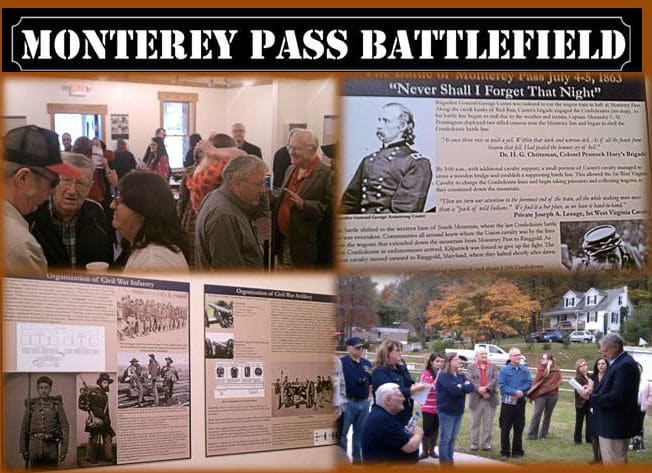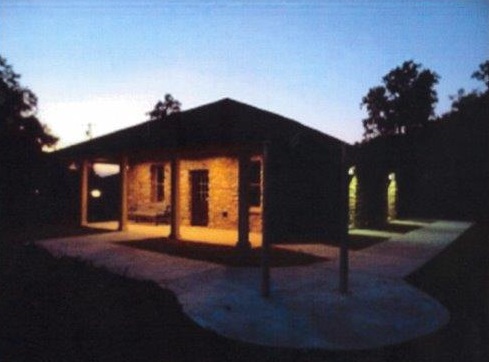by Janet Pollard | Nov 7, 2022 | Blog
Allison-Antrim Museum invites the public to enjoy another installment of the Speaker Series on November 10 at 7 PM. John Miller, Executive Director of the Shippensburg Historical Society, will give a presentation on the defense of Pennsylvania during the first two...

by Janet Pollard | Mar 31, 2021 | Blog
Lee’s retreat from Gettysburg was plagued by thunderstorms and mud. With 50,000 troops to move to the safety of Virginia, and his 60 miles-long wagon train of wounded and supplies, his journey was arduous. There were two routes to Virginia. The longer route extended...

by Janet Pollard | Apr 24, 2018 | History
Fought during the retreat of Gettysburg, the Battle of Monterey Pass is the second largest Civil War battle fought on Pennsylvania soil with 10,000 from both Union and Confederate forces. The fight took place in the late hours of July 4, 1863 and the early hours of...

